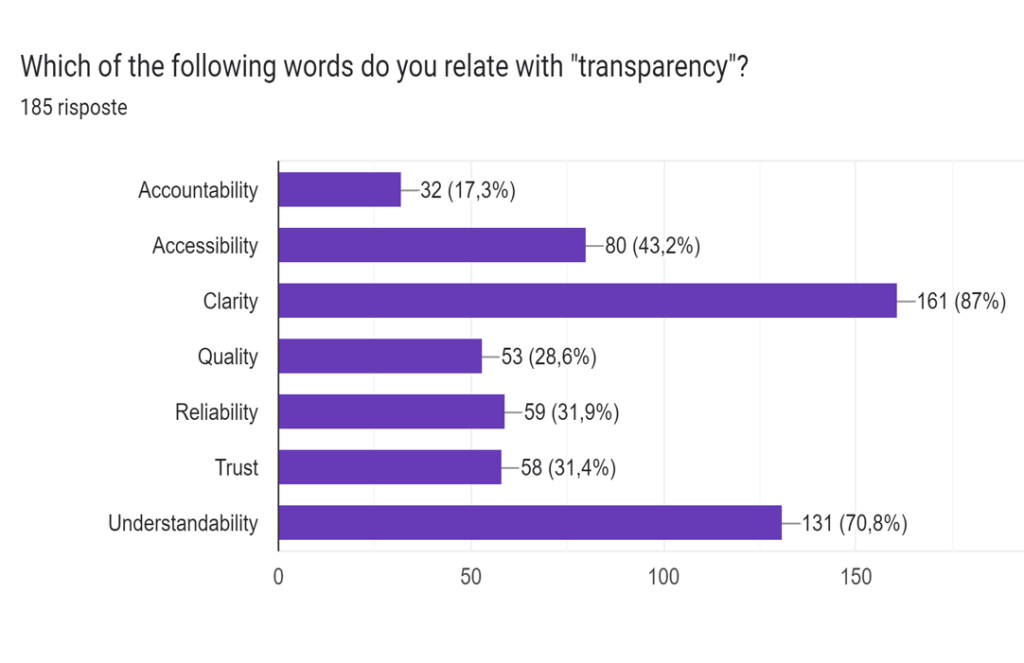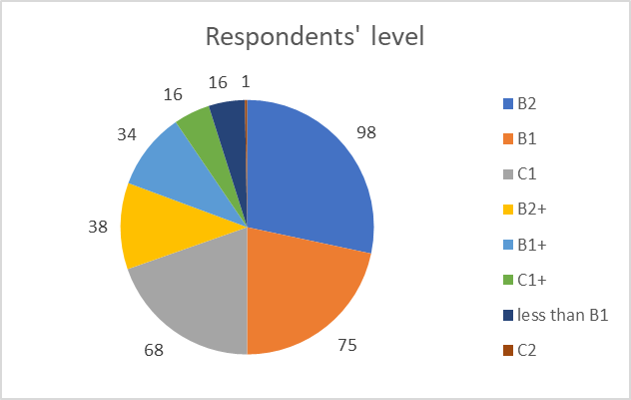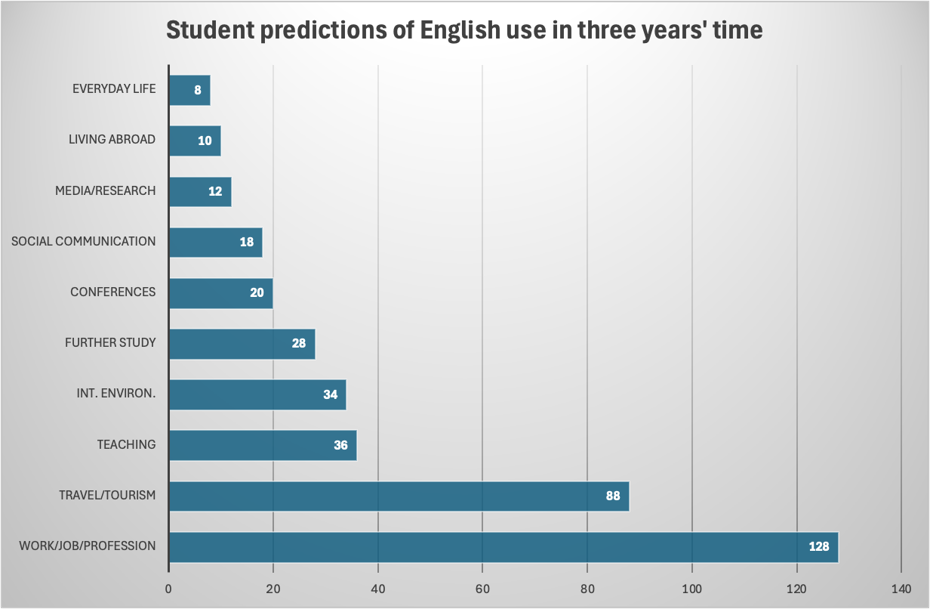The project includes a subgroup that focuses on transparency from the perspective of teaching applications with particular reference to English as a Foreign Language settings.
Members of the PRIN 2020 Didactic Group are:
Sharon Hartle (Verona) – coordinator
Maria Antonietta Marongiu (Cagliari)
Jean Jimenez (Calabria)
Federico Zaupa (Modena and Reggio Emilia)
Laura Ferrarrotti (Rome Sapienza)
Overview of the Sub-Project: Transparency in the Use of English (Didactic Perspective)
As part of the broader initiative analyzing transparency in English discourse, with a particular focus
on corporate communication, this sub-project addresses transparency in English from a didactic
standpoint. The primary aim is to develop course materials that enhance university students’
awareness of transparency in language, both from a receptive (comprehension) and productive
(communication) perspective.
Objectives and Approach
The sub-project has been designed to:
- Promote awareness of transparency in English language use.
- Equip students with analytical skills to distinguish between clear and opaque
communication. - Address issues such as bias, factual vs. opinion-based writing.
To tailor the course content effectively, the team conducted a student questionnaire to assess
learners’ needs and priorities. The responses provided information of their perceptions of the
concept of transparency itself as well as thier perceived language levels and their predictions of
their future use of the English language. The responses also indicated a strong demand for
improved reading comprehension, writing clarity, and the ability to assess online content critically.
Course Structure
Based on these findings, the course is structured into two main modules, each divided into smaller
sections:
- Module 1: Understanding Transparency in Language
o Definition and characteristics of transparency
o Identifying vagueness and disinformation in texts
o Evaluating transparency in reading materials across disciplines (e.g., political
science, journalism, marketing) - Module 2: Producing Transparent and Accessible Writing
o Writing with clarity and inclusivity
o Structuring texts to enhance transparency
o The role of accessibility in communication
o Application through corpus-based tools (e.g., Data-Driven Learning – DDL)
Implementation and Accessibility
- Sample materials will be made available online on this website
- In a later phase, an open-access platform will be developed.
- The potential for certification or micro-credentials is under consideration.
Impact and Future Directions
This initiative, informed by the results of other branches of this overarching project, aims to foster
a critical approach to language use among students, ensuring they can both interpret and produce
transparent communication. As the project progresses, further refinements will be made based on
feedback and emerging research in the field of linguistic transparency.
Below are results from a survey conducted with students at the University of Verona aiming to provide insights into their perceptions of transparency.

Student perceptions of transparency

Respondents declared CEFR level of English language competence

Student perceptions of future English use